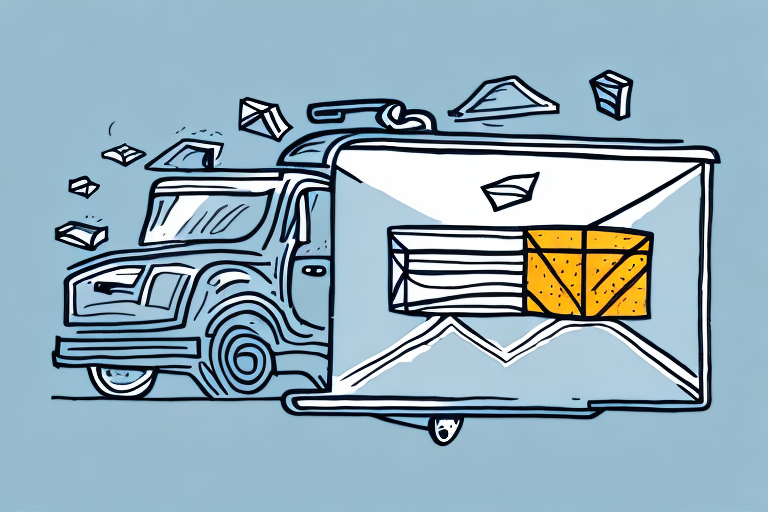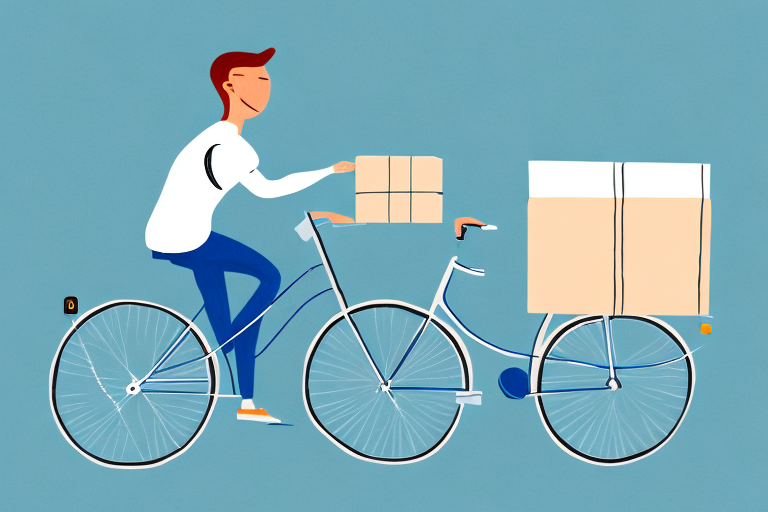Types of Courier Pay Structures
Courier pay structures vary widely, each offering different advantages and potential earnings. Understanding the various pay models is essential for couriers to choose the best fit for their working style and financial goals.
Commission-Based Pay
In a commission-based pay structure, couriers earn a percentage of the delivery fee for each package they deliver. This model incentivizes couriers to complete more deliveries, as their earnings directly correlate with their productivity.
According to FlexJobs, commission-based roles can lead to higher earnings for motivated individuals but may also introduce income instability, especially during low-demand periods.
Hourly-Based Pay
Hourly-based pay guarantees a fixed wage for the hours worked, providing stability and predictability in earnings. This structure is beneficial for couriers seeking a consistent income and often includes benefits such as paid time off or health insurance.
Data from the Bureau of Labor Statistics shows that hourly wages for couriers vary depending on location and experience, with the national median hourly wage around $15.00 as of 2023.
Flat Fee Pay
Under a flat fee pay structure, couriers receive a set amount per delivery, regardless of the distance or time taken. This model simplifies earnings calculations but may not always account for long or complicated deliveries.
Distance-Based Pay
Distance-based pay structures compensate couriers based on the miles or kilometers traveled per delivery. This model rewards couriers who are willing to undertake longer routes, potentially increasing their earnings with each distance unit traveled.
Factors Influencing Courier Pay
Courier earnings are influenced by various factors that can significantly impact overall income. Understanding these factors can help couriers strategize to maximize their earnings.
Delivery Type and Package Size
The nature of the delivery—whether it's a small parcel or a large, valuable item—can affect pay rates. High-value or fragile packages often command higher fees to account for the extra care required.
Location and Distance
Urban areas typically offer higher pay rates due to increased demand and living costs. However, couriers operating in rural or remote areas may receive additional compensation for longer travel distances and challenging delivery routes.
Peak Hours and Demand
Deliveries made during peak hours, such as rush hours or holidays, often come with higher pay to compensate for increased demand and potential traffic delays. Couriers who can work during these times can boost their earnings.
Experience and Seniority
Experienced couriers with established reputations can negotiate higher pay rates. Seniority and proven reliability also make couriers eligible for bonuses and other financial incentives.
Negotiating and Maximizing Your Earnings
Negotiating pay and employing strategies to enhance earnings are crucial for couriers seeking to maximize their income. Here are some effective approaches.
How to Negotiate Your Pay
Effective negotiation starts with research. Understand the standard pay rates in your area and leverage your experience and performance metrics to request higher compensation.
Consider timing your negotiations during performance reviews or after successfully completing a significant number of deliveries. Presenting data on your productivity and customer satisfaction can strengthen your case.
The Role of Tips and Bonuses
Tips can substantially boost total earnings, particularly in areas with high customer appreciation. Additionally, many companies offer bonuses for exceeding delivery targets or maintaining high service standards.
Best Practices for Increasing Earnings
- Optimize your delivery routes using GPS and route-planning software to increase efficiency.
- Take advantage of peak demand times to maximize earnings.
- Maintain excellent customer service to encourage tips and repeat business.
- Invest in a reliable vehicle or equipment to minimize downtime and ensure timely deliveries.
Industry Trends Affecting Courier Pay
Staying informed about industry trends can help couriers adapt and take advantage of new opportunities to enhance their earnings.
Technological Advancements
Advancements in delivery technology, such as automated route optimization and real-time tracking, have streamlined operations, allowing couriers to complete more deliveries in less time.
Sustainability Initiatives
The push for eco-friendly delivery methods has led some companies to offer incentives for couriers using electric vehicles or bicycles, creating new earning opportunities for environmentally conscious couriers.
Impact of On-Demand Delivery Services
The growth of on-demand delivery platforms continues to expand job opportunities for couriers, often providing flexible schedules and varied pay structures to suit different preferences.
Conclusion
Understanding the intricacies of courier pay structures, the factors that influence earnings, and the latest industry trends is essential for maximizing your income as a courier. By actively managing your pay negotiation strategies and staying informed about industry developments, you can enhance your earning potential and achieve greater financial stability in this flexible and rewarding profession.






















